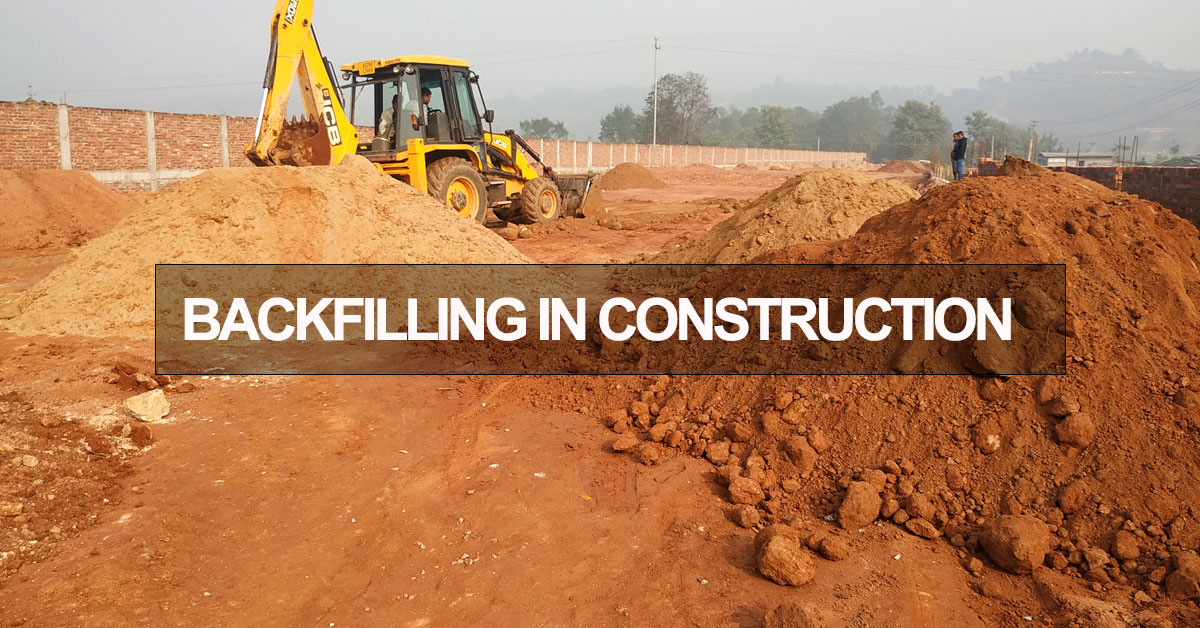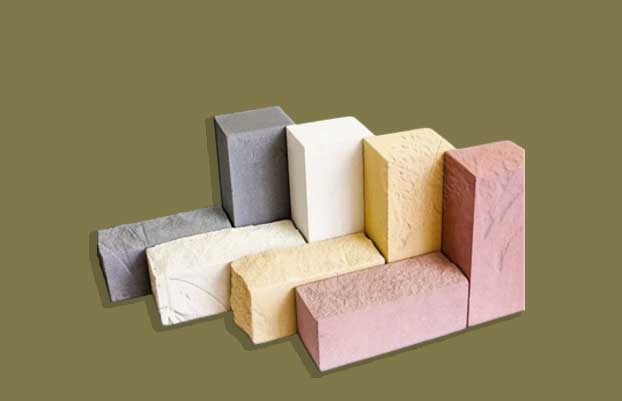Backfilling is a construction process in which soil or other materials are used to fill a space or cavity, typically to support a structure or foundation. It is a common practice in the construction industry and is essential for the stability and integrity of a building or structure.
Types of Backfilling in Construction
There are several types of backfilling, each with its own unique characteristics and purposes. Here are some common types of backfilling in construction:
-
Structural backfilling:
Structural backfilling is used to support the foundation of a structure, such as a building or bridge. Structural backfilling involves the use of compacted soil or concrete to fill the area around the foundation.
-
Pipe backfilling:
Pipe backfilling is used to support underground pipes, such as water, sewage, or gas lines. Pipe backfilling involves the use of compacted soil or other materials to fill the area around the pipes and provide support and stability.
-
Retaining wall backfilling:
Retaining walls are used to hold back soil or other materials, and backfilling is often used to reinforce their stability. Retaining wall backfilling involves the use of compacted soil or other materials to fill the area behind the retaining wall and provide additional support.
-
Drainage backfilling:
Drainage backfilling is used to improve drainage around a structure or area. Drainage backfilling involves the use of gravel, sand, or other materials to fill an area and improve the flow of water.
There are several factors to consider when backfilling in construction, including the type of material to be used, the compaction methods, and the safety measures needed to protect workers and the surrounding environment. It is important to follow proper backfilling procedures to ensure the stability and integrity of the structure or area being backfilled.
In summary, backfilling is a critical process in construction that involves filling a space or cavity with soil or other materials to support a structure or foundation. There are several types of backfilling, each with its own unique characteristics and purposes, and it is important to follow proper backfilling procedures to ensure the stability and integrity of the structure or area being backfilled.
Different Stages in Backfilling
There are several stages involved in the backfilling process in construction:
-
Excavation:
The first step in backfilling is to excavate the area where the backfill material will be placed. This may involve removing soil, rock, or other materials to create a cavity or space for the backfill material.
-
Preparation of the backfill material:
The next step is to prepare the backfill material, which may involve grading, sifting, or mixing the material to ensure it is suitable for use.
-
Placement of the backfill material:
The backfill material is then placed in the excavation area and compacted to ensure it is properly compacted and stable.
-
Compaction of the backfill material:
The backfill material is compacted using specialized equipment, such as a roller or compactor, to ensure it is properly compacted and stable.
-
Inspection:
After the backfill material has been placed and compacted, it is important to inspect the area to ensure it is stable and meets the required specifications.
-
Final grading:
The final step in the backfilling process is to grade the area to ensure it is level and meets the required specifications. This may involve adding or removing material as needed to achieve the desired grade.
It is important to follow proper backfilling procedures and guidelines to ensure the stability and integrity of the structure or area being backfilled. This may involve adhering to specific compaction requirements and using appropriate equipment and materials.
Also Read: What is Pile Foundation? Types and Applications



